描述
-
产品介绍
WZ‑S 型甲醛检测模组采用英国达特(Dart)升级版甲醛传感器与微检测技术,能够将环境中的甲醛含量直接转换为浓度读数。仪表小巧便携,适合随时随地进行甲醛检测。支持 Type‑C 充电,内置锂电池。
在户外或通风良好的房间,读数很低属正常;在商场、橱柜内部等密闭或装饰材料多的空间,读数相对偏高亦常见。传感器对酒精、香水等挥发性物质敏感,使用与存放请避开此类干扰源,并保持干燥、清洁环境以延长寿命。- 参考限值:国内常用限值 0.08 mg/m³;美国部分参考限值 0.05 mg/m³(不同标准和场景限值不同,详见下文)。
- 充电与电源:Type‑C 接口,内置锂电池。
使用与测量建议
- 预热与稳定:按说明书完成上电自检与短时预热(几分钟),读数稳定后再记录。
- 测点选择:
- 呼吸带高度(约 0.5–1.5 m),远离窗户直吹、出风口和热源。
- 家中建议分别在客厅、卧室、儿童房、橱柜内与橱柜外测量。
- 采样方式:
- 每个测点静置 5–10 分钟再读数,连续读 3 次取平均。
- 若新装修或新购家具,封闭 2–4 小时后测一次,再通风 30 分钟复测,比较差异判断通风效果。
- 干扰规避:
- 测前与测中避免使用酒精/香水/空气清新剂/指甲油去除剂等含醇或强挥发性溶剂。
- 清洁消毒或烹饪后,至少等待 1–2 小时再测,必要时更久,待背景 VOC 下降。
- 存放与携带:
- 干燥、清洁、避光,避免与油漆、胶水、溶剂同箱存放。
- 长时间不用,定期通电自检,保持传感器状态。
结果判读与换算
- 常见参考(仅作判读参考,具体以适用标准/项目要求为准):
- 中国工程交付常用限值:0.07–0.08 mg/m³(不同建筑类别和标准条文略有差异)。
- 中国《室内空气质量标准》常见条款:≤0.10 mg/m³。
- 美国并无统一的住宅联邦限值;一些健康指南更为严格,亦有项目采用约 0.05 mg/m³ 作为目标值。
- 单位换算(25 °C 标况):
- 关系: mg/m3=ppm×M24.45 ,甲醛摩尔质量 M=30.03 g/mol。
- 近似:1 ppm ≈ 1.23 mg/m³;0.08 mg/m³ ≈ 0.065 ppm(65 ppb);0.05 mg/m³ ≈ 0.041 ppm(41 ppb)。
典型场景说明
- 户外/通风良好室内:读数通常接近背景值(很低)属正常。
- 商场、橱柜内部:装饰材料密集、空气置换不足,读数偏高常见;橱柜内建议开门静置后再测,并关注持续通风与活性炭/植物纤维吸附等综合治理。
维护与校准建议
- 定期检查零点:在远离污染源的新鲜空气中观察零点是否稳定,出现明显漂移时按说明书进行零点/跨度校正或联系厂家服务。
- 校准介质:如需溯源校准,建议使用经认证的甲醛标准气体或送第三方实验室,不建议自行加热固体化学品制气。
- 环境条件:避免冷凝与高湿冲击;温湿度快速变化可能导致短时漂移,数据以稳定后为准。
- 电池与充电:使用 5 V 规范电源,避免高温充电或长期深度放电存放。
-
Product Overview
The WZ‑S Formaldehyde Detection Module uses Dart (UK)’s upgraded formaldehyde sensor combined with advanced microsensing technology to directly convert ambient formaldehyde into concentration readings. The instrument is compact and portable for on‑the‑spot measurements. It supports Type‑C charging and has a built‑in lithium battery.
Outdoors or in well‑ventilated rooms, very low readings are normal; in malls or inside cabinets, relatively higher readings are common. The sensor is susceptible to interference from alcohol, perfumes, and similar volatiles. Store it in a dry, clean environment to extend sensor life.- Reference limits: China commonly uses 0.08 mg/m³; some U.S. references use 0.05 mg/m³ (limits vary by standard and scenario—see below).
- Power: Type‑C charging, built‑in Li‑ion battery.
Usage and Measurement Recommendations
- Warm‑up and stabilization:
- Follow the manual for power‑on self‑test and a short warm‑up (a few minutes). Record data after readings stabilize.
- Sampling point selection:
- Measure at breathing‑zone height (approx. 0.5–1.5 m), away from direct drafts, supply vents, and heat sources.
- At home, measure in the living room, bedrooms (especially children’s rooms), inside cabinets, and outside cabinets.
- Sampling procedure:
- Let the device sit at each point for 5–10 minutes before recording. Take 3 consecutive readings and average them.
- For newly renovated spaces or new furniture, seal the room for 2–4 hours and measure once; then ventilate for 30 minutes and re‑measure to assess ventilation effectiveness.
- Interference avoidance:
- Avoid using alcohol/perfume/air fresheners/nail polish remover or other strong VOC sources before and during testing.
- After cleaning/disinfection or cooking, wait at least 1–2 hours (or longer if needed) for background VOCs to decrease before measuring.
- Storage and transport:
- Keep dry, clean, and out of direct light. Do not store in the same box as paints, glues, or solvents.
- If unused for long periods, power it on periodically for self‑checks to maintain sensor condition.
Interpreting Results and Unit Conversion
- Common references (for interpretation only; follow the applicable standard for your project):
- Typical handover limits in China: 0.07–0.08 mg/m³ (varies slightly by building category and standard text).
- China Indoor Air Quality Standard: ≤0.10 mg/m³ in common clauses.
- The U.S. has no unified federal residential limit; some health guidelines are stricter, and some projects target about 0.05 mg/m³.
- Unit conversion (25 °C, standard conditions):
- Relation: mg/m3=ppm×M24.45, with formaldehyde molar mass M=30.03 g/mol.
- Approximate values: 1 ppm ≈ 1.23 mg/m³; 0.08 mg/m³ ≈ 0.065 ppm (65 ppb); 0.05 mg/m³ ≈ 0.041 ppm (41 ppb).
Typical Scenarios
- Outdoors/well‑ventilated rooms: readings near background (very low) are normal.
- Malls/inside cabinets: dense materials and limited air exchange often yield higher readings. For cabinets, open doors and let air settle before measuring; maintain ventilation and consider combined mitigation (e.g., activated carbon or plant‑fiber adsorbents).
Maintenance and Calibration Recommendations
- Zero check:
- In clean, outdoor‑equivalent air, verify zero stability. If noticeable drift occurs, perform zero/span calibration per the manual or contact service.
- Calibration media:
- For traceable calibration, use certified formaldehyde standard gas or a third‑party lab. Avoid DIY gas generation by heating solid chemicals.
- Environmental conditions:
- Avoid condensation and humidity shocks. Rapid temperature/humidity changes can cause transient drift; use stabilized readings for decisions.
- Battery and charging:
- Use a compliant 5 V power source. Avoid high‑temperature charging and prolonged deep‑discharge storage.

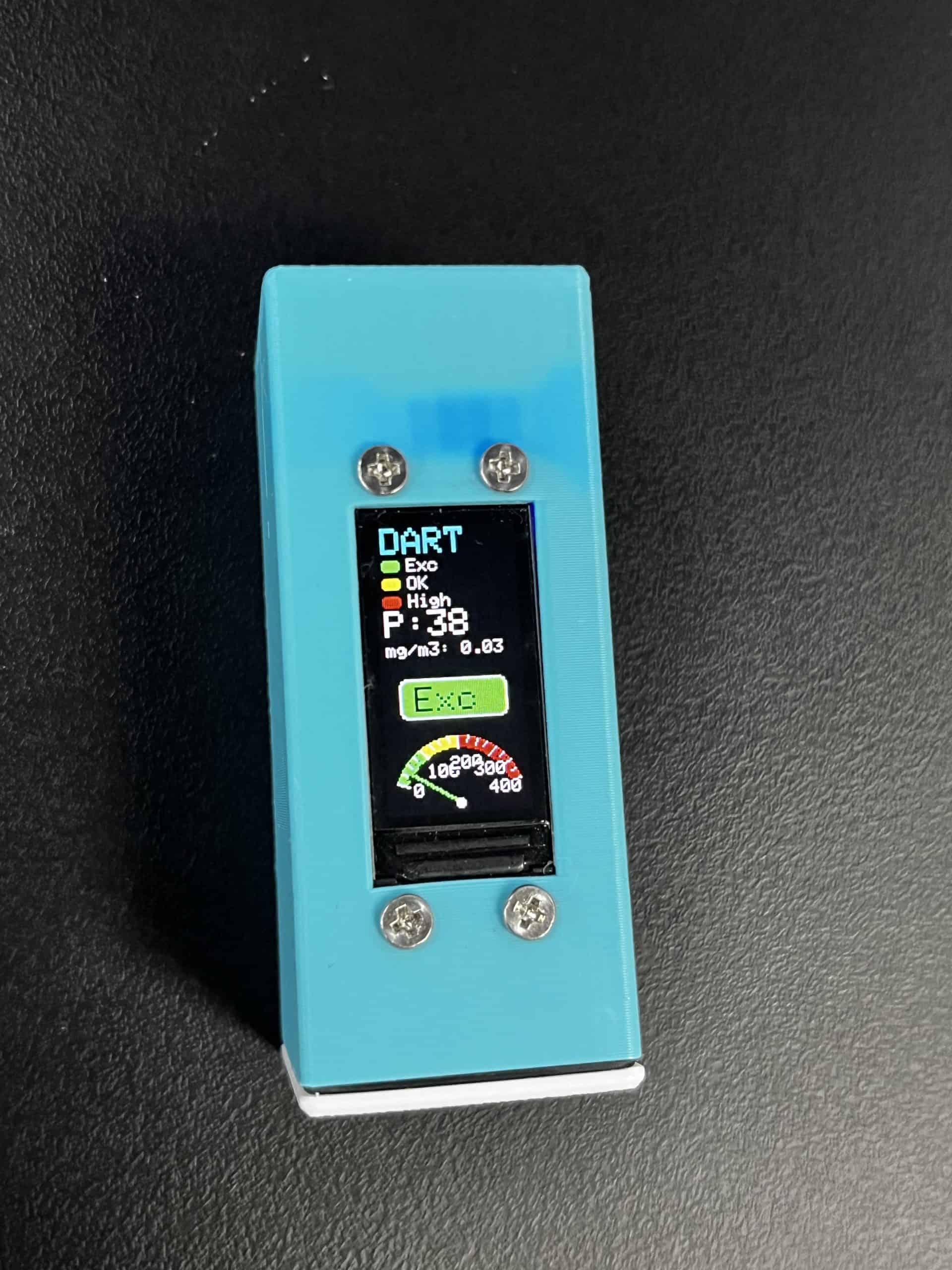
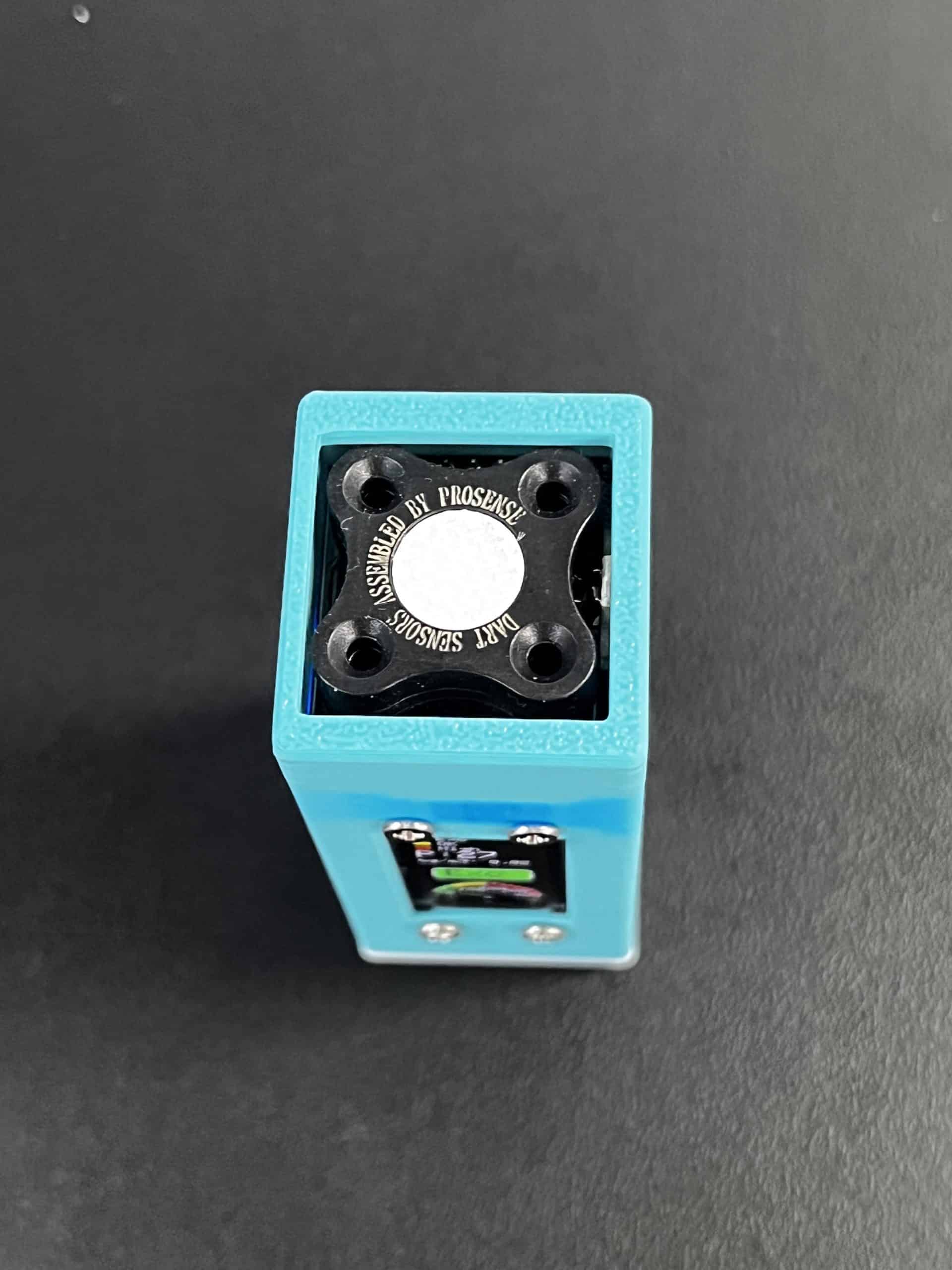
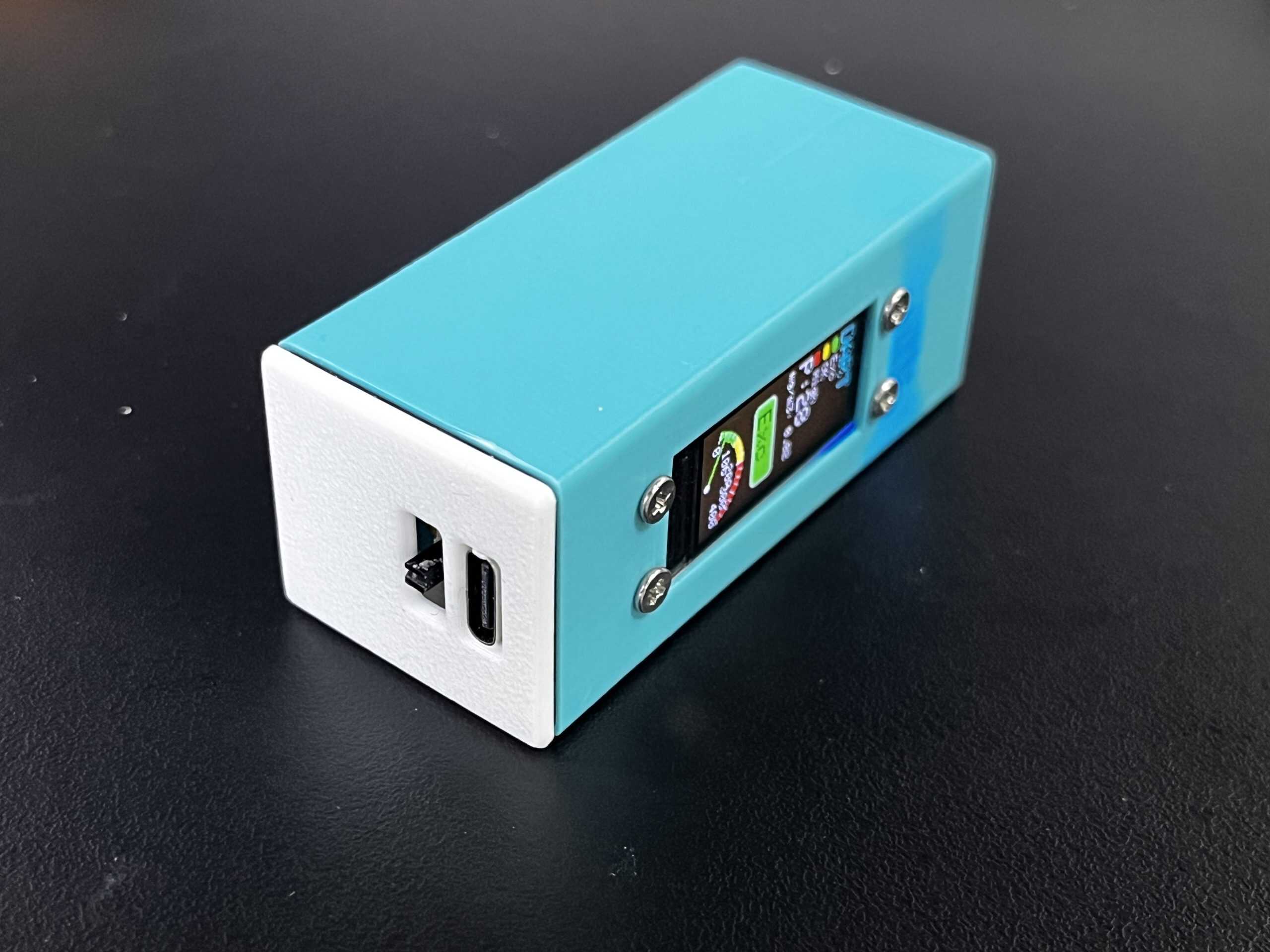
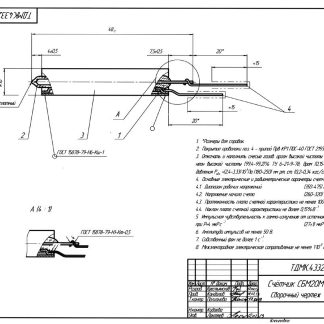
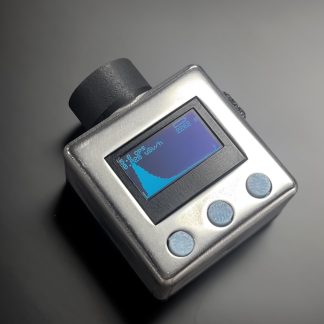
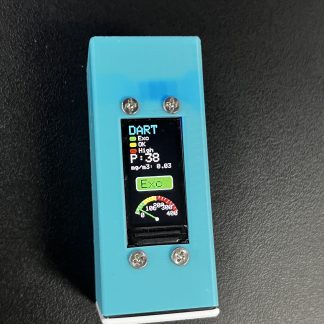
Reviews
There are no reviews yet.